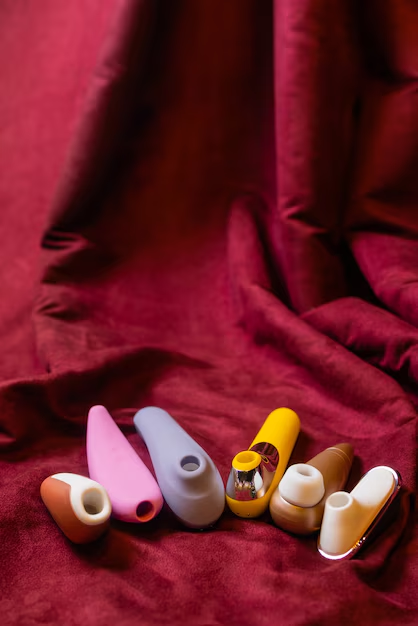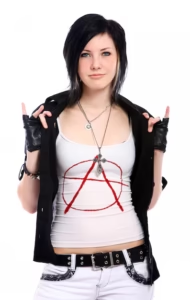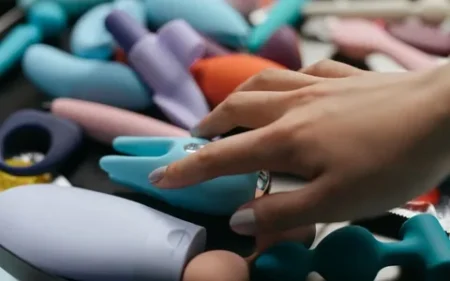AI-Generated Little Girl One of its most fascinating applications lies in character generation, where AI creates highly realistic digital personas, including the nuanced and intricate depiction of a little girl. But what exactly goes into crafting these AI-generated characters, and what implications do they hold for our future? Let’s explore.
What Does “AI-Generated Little Girl” Mean?
An AI-generated little girl is a digital character created by artificial intelligence. This could be a static image, an animated persona, or an interactive avatar. These characters are often used in:
- Video games
- Animated films
- Virtual reality (VR) experiences
- Marketing campaigns
- Educational tools
Through the use of sophisticated algorithms and machine learning techniques, AI can produce digital characters that appear incredibly lifelike, complete with facial expressions, realistic movements, and even unique personalities.
The Technology Behind AI-Generated Characters
Creating an AI-generated little girl requires a combination of advanced technologies, including:
1. Generative Adversarial Networks (GANs)
GANs are one of the most critical technologies for generating lifelike characters. They consist of two neural networks:
- Generator: Creates images based on data it’s been trained on.
- Discriminator: Evaluate the generated images to ensure they’re realistic.
Through continuous feedback loops, GANs can create highly detailed digital images, including expressive little girls with naturalistic features.
2. Natural Language Processing (NLP)
For interactive characters, NLP helps the AI understand and respond to human input. This is particularly useful in creating conversational avatars that can simulate a childlike demeanor.
3. 3D Modeling and Animation Tools
To bring a static image to life, AI uses advanced 3D modeling and animation software. These tools help design realistic movements, from walking and running to subtle facial expressions.
4. Deep Learning and Neural Networks
Deep learning enables AI to analyze massive datasets of real human features and behaviors, allowing it to replicate them in digital characters. This is essential for capturing the innocence and complexity associated with a child.
Applications of AI-Generated Little Girls
The uses of AI-generated little girls span multiple industries:
1. Entertainment
From animated movies to video games, AI-generated characters bring stories to life. They save time and resources compared to traditional animation techniques while offering unparalleled realism.
2. Education
AI-generated avatars act as tutors or companions in educational apps, making learning more engaging for children.
3. Marketing
Brands use AI-generated characters to create personalized and relatable marketing campaigns. An AI-generated little girl, for example, could represent a child-focused brand in an emotionally resonant way.
4. Virtual Companions
AI-generated characters serve as virtual companions for individuals seeking emotional support or interactive storytelling experiences.
Ethical Considerations and Challenges
While the technology is fascinating, the creation of AI-generated little girls also raises ethical concerns:
1. Representation and Bias
AI models are trained on existing datasets, which may contain biases. Ensuring diverse and accurate representation is crucial.
2. Misuse
There is potential for misuse, such as creating inappropriate or harmful representations. Strong regulations and ethical guidelines are necessary to prevent this.
3. Emotional Impacts
Overly realistic AI characters can blur the line between reality and fiction, potentially leading to emotional confusion or unrealistic expectations in children.
The Future of AI-Generated Characters
The field of AI-generated characters is rapidly evolving. Future developments may include:
- Hyper-realistic interactions: Characters that respond to emotions and adapt in real time.
- Customizability: Users will be able to personalize every aspect of AI-generated characters.
- Broader applications: Expanding beyond entertainment and education into therapy, customer service, and beyond.
As these advancements unfold, it will be crucial to balance innovation with responsibility, ensuring these technologies are used ethically and inclusively.
Conclusion
The creation of an AI-generated little girl is a testament to how far artificial intelligence has come in mimicking human traits and behaviors. This technology opens up a world of possibilities across industries, making storytelling, education, and marketing more immersive than ever before. However, as we embrace these innovations, it’s equally important to navigate the ethical challenges they bring.
As AI continues to evolve, one thing is certain: the line between the digital and physical world will only grow blurrier, paving the way for a future that’s both exciting and complex.











